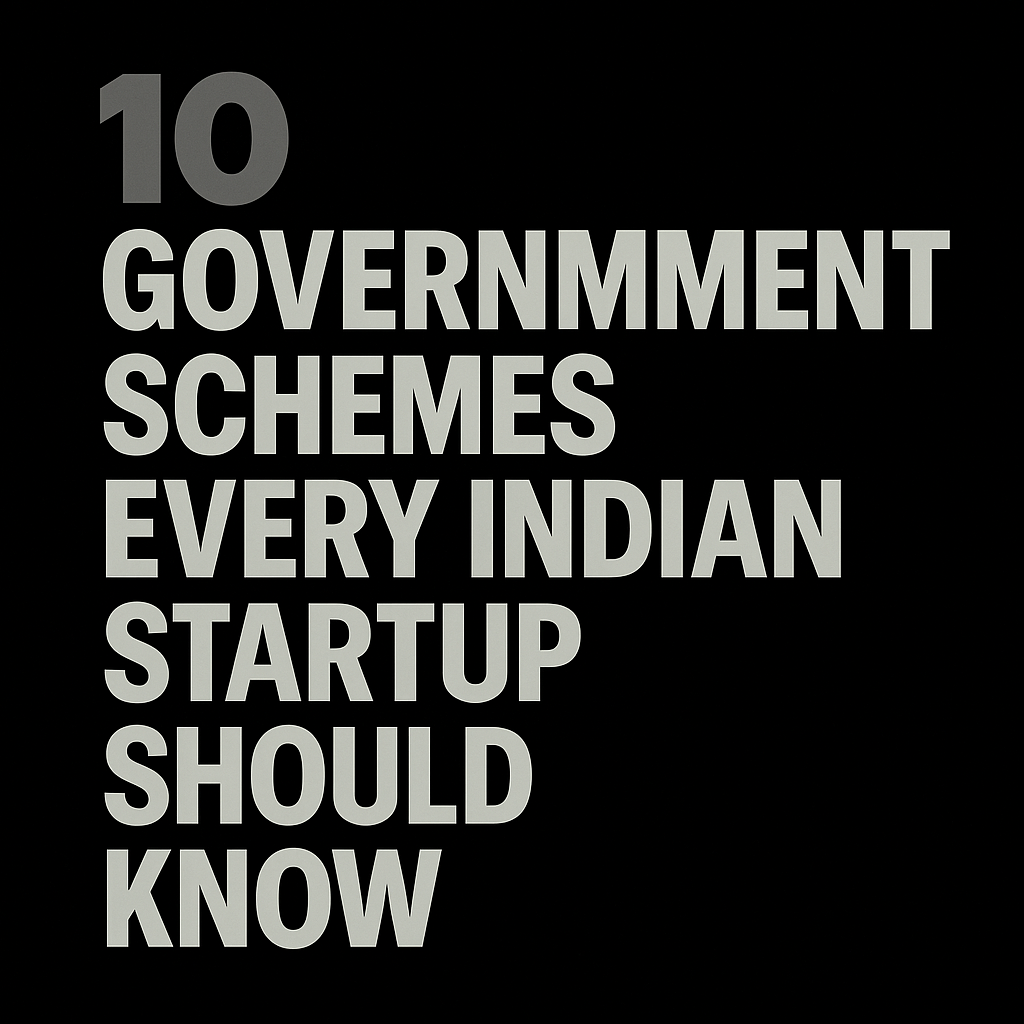Back
Dr Sarun George Sunny
The Way I See It • 9m
Combating Biopiracy: The Urgent Need for Research and Patent Protection of India’s Indigenous Plants India holds vast medicinal plant biodiversity with significant pharmaceutical potential. However, low research investment and weak patent protection have hindered innovation, allowing foreign firms to patent bioactive compounds derived from Indian plants. This limits India’s ability to develop and commercialize its own traditional knowledge in modern medicine. Challenges in Biopiracy and Patent Protection Several Indian medicinal plants have been patented internationally despite centuries of traditional use: • Turmeric (Curcuma longa) – Patented in the U.S. for wound healing, requiring India to challenge and revoke it. • Neem (Azadirachta indica) – Patented in Europe for antimicrobial properties, requiring India to challenge and revoke it India’s Research and Patent Deficit India underperforms in scientific research and intellectual property filings compared to global standards: • R&D spending is just 0.7% of GDP, while China invests 2.1% and the U.S. 2.8%. • India files 45,000 patents annually, much lower than China (1.5 million) and the U.S. (600,000). • India has 156 researchers per million people, compared to 5,000 in Japan and South Korea. Due to limited phytopharmaceutical research and clinical trials, India remains a major producer of generic drugs rather than an innovator in pharmaceuticals. Scientific Potential of India’s Medicinal Plants Medicinal plants have been the foundation for several major drug discoveries: • Vincristine and vinblastine, derived from Catharanthus roseus, are key chemotherapy drugs, yet foreign firms hold most patents. • Ashwagandha, Giloy, and Brahmi show potential for neurological, metabolic, and immune disorders, but India has not secured global patents or has not systematically filed patents for their bioactive compounds Without clinical validation and intellectual property protection, India risks losing control over its medicinal plant resources. Strategic Measures for Scientific Advancement 1. Increase R&D funding to 2% of GDP, prioritizing phytopharmaceuticals and biomedicine. 2. Strengthen patent regulations to secure rights over bioactive plant compounds. 3. Promote biotech and pharmaceutical startups for drug discovery and commercialization. 4. Expand the Traditional Knowledge Digital Library (TKDL) to document and validate Indian medicinal plants. 5. Encourage academia-industry collaboration to accelerate clinical trials and drug development. Conclusion India’s medicinal plants hold immense potential for pharmaceutical innovation, but lack of research investment and weak patent strategies threaten their future. Strengthening scientific validation, clinical research, and intellectual property protection is crucial for India to establish itself as a leader in plant-based drug discovery.
More like this
Recommendations from Medial
Thakur Ambuj Singh
Entrepreneur & Creat... • 9m
Owning the Edge! 🚀🔬 A Proprietary Moat is built on exclusive patents, data or technology that gives companies a unique advantage. Examples like NVIDIA’s GPU patents, Tesla’s battery technology and pharmaceutical companies' drug patents showcase how
See More
dipto bhattacharyya
Herbal cosmetics • 1y
Sufficing the suffice ( part 5 - End of topic ) Natural herbs might be slow in action, but consider contributing to every biological process, therefore, after-use energy and concentration deficits around a cell and transport systems are low. A medic
See MoreAryan Mankotia
FEAR IS JUST AN ILLU... • 1m
We’re pleased to announce that Dr. Barkha Khurana has joined NeuroPixelPeak as our Scientific, Clinical & Medical Advisor. With 16+ years of expertise in neuroscience, physio, and AI-driven neuroinformatics, Dr. Khurana brings a wealth of experience
See MoreMedial User
Hey I am on Medial • 9m
Key Agrofarming Concepts in Uttarakhand 1. Organic Farming Uttarakhand is India's first organic state, promoting chemical-free agriculture. Crops like millets, pulses, medicinal plants, and spices are grown using natural fertilizers and bio-pesticide
See MoreKolkata Index
News on Infrastructu... • 1y
Kolkata ranks first in India for scientific research. Kolkata Metropolitan Area ranked 84 this year and ranks first followed by Bengaluru (85) and Mumbai Metropolitan Area (98) while Delhi ranks 124. Globally, Beijing topped this year’s list followed
See MoreAccount Deleted
Hey I am on Medial • 7m
10 Government Schemes Every Indian Startup Should Know 1. Startup India Seed Fund Scheme (SISFS) https://seedfund.startupindia.gov.in/ 2. Stand-Up India https://www.standupmitra.in/ 3. MUDRA Loans (PMMY) https://www.mudra.org.in/ 4. Atal Innovat
See More
Account Deleted
Hey I am on Medial • 10m
Google is revolutionizing science with an AI “co-scientist” powered by Gemini, designed to assist researchers in generating hypotheses and research plans. This system analyzes scientific literature, extracts key information, and aids in experiment
See More
Download the medial app to read full posts, comements and news.































